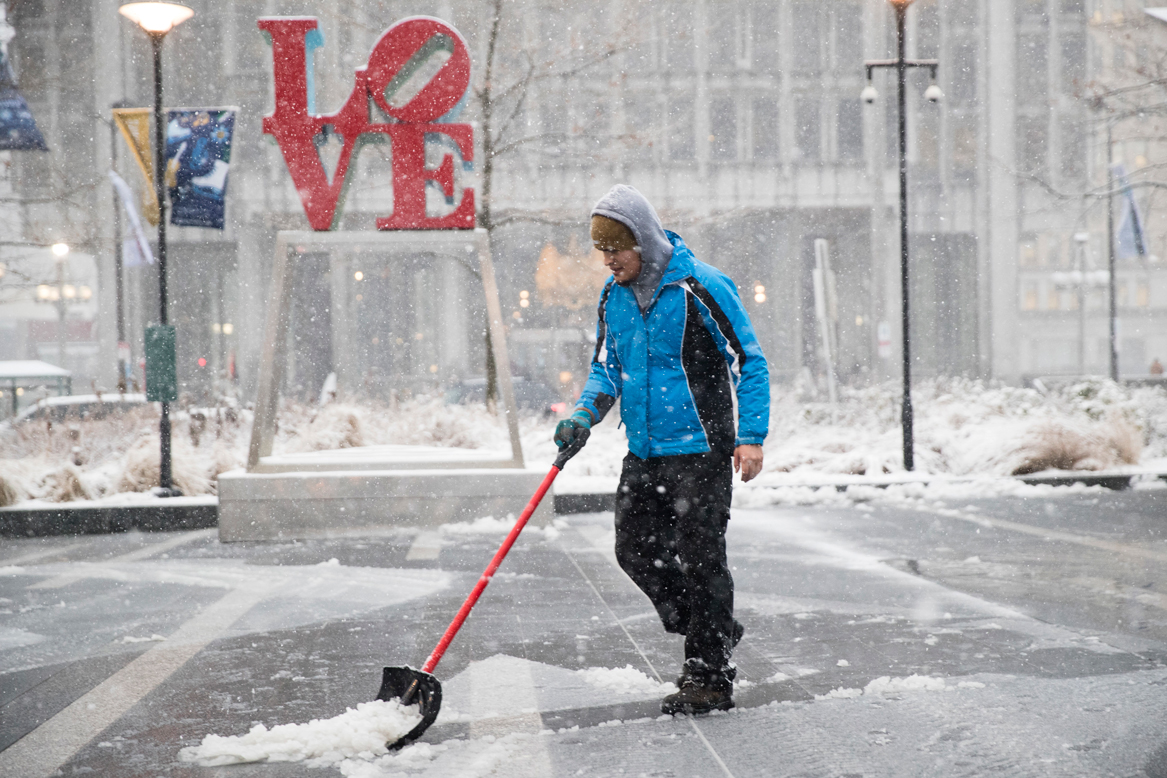What to Know
- A report released Wednesday by city-hired consultants calls out the Philadelphia Police Department for being inadequately prepared for the George Floyd protests earlier this year.
- The 110-page after-action report was a result of a review done by Virginia-based CNA Corporation and Philadelphia-based law firm Montgomery, McCracken, Walker & Rhoads which were hired to look into the city’s response to the protests and civil unrest from the late spring.
- The report offers 77 recommendations that range from planning to categorizing baton strikes to the head as deadly force. But what the authors repeated several times in the report -- and called the most important recommendation-- is the need for the police department to strengthen their community relations.
Despite large and unruly protests in other major cities following the death of George Floyd, Philadelphia Police officials didn’t plan for protests in Philly to be as bad.
But on May 30 and the days that followed, they were proven wrong.
Now, a report released Wednesday by city-hired consultants calls out the police department for being inadequately prepared -- and explains in detail how the protests spiraled out of control because of it.
Get top local stories in Philly delivered to you every morning. Sign up for NBC Philadelphia's News Headlines newsletter.
“PPD officers often found themselves in overwhelming situations overpowered by the crowd sizes and the escalating violence, and at times, engaging in inappropriate applications of force against protestors,” the report states.
The 110-page after-action report was a result of a review done by Virginia-based CNA Corporation and Philadelphia-based law firm Montgomery, McCracken, Walker & Rhoads which were hired to look into the city’s response to the protests and civil unrest from the late spring.
The report offers 77 recommendations that range from planning to categorizing baton strikes to the head as deadly force. But what the authors repeated several times in the report -- and called the most important recommendation-- is the need for the police department to strengthen their community relations.
Local
Breaking news and the stories that matter to your neighborhood.
“Modify policing practices in a manner that builds trust, increases transparency, and builds confidence in the department,” the report states.
The authors also included other changes the police department is promising, including issuing quarterly reports on civilian complaints and internal investigations that include districts, type of complaint, and full text of complaint.
Use of force and use of less-than-lethal munitions garnered a lot of ink. The consultants detailed the three incidents in which tear-gas was deployed in late May and early June. Two of those -- the ones on I-676 and in West Philadelphia-- were highly criticized by protesters, activists and elected officials immediately following the events, and resulted in lawsuits against the city.
In its assessment of those incidents, the consultants said officers violated department policy by using tear-gas for crowd control.
“It appears that several of these instances in which OC spray was deployed were unnecessary, ineffective, and contrary to PPD policy,” the report said.
The consultants said that Police Commissioner Danielle Outlaw authorized the use of tear gas, pepper spray and rubber bullets along the 52nd Street corridor on May 31. But they also said she did not authorize their use later that night in Kensington or the next day on I-676.
“The report, in my view, provides a comprehensive blueprint for long-lasting police and emergency response reform in the city,” Mayor Jim Kenney wrote in a statement. “I look forward to implementation of the recommendations -- especially those related to use of force -- and I’m confident the Commissioner will work aggressively toward this. I fully accept the criticisms in the report of how our administration conducted itself this past summer.”
Outlaw also responded to the report.
“While the analysis itself is extensive, I am pleased to report that a number of the recommendations contained within are already underway,” she wrote. “Myself and the PPD executive team are in full agreement with the changes suggested by the group, and we remain committed to working with our partners and stakeholders to come up with creative solutions that will help put these recommendations into action.”
The report also pointed out that the police officers responding to the protests didn’t have sufficient equipment-- many lacked riot helmets, gas masks and even police radios. And the authors criticized the department for not equipping the SWAT team which deploys tear gas with body-worn cameras.
Overall, the report paints a picture of an underprepared and overwhelmed department.
The consultants tabulated that the Philadelphia protests and civil unrest following the death of George Floyd resulted in more than 2,000 arrests, at least 60 injured law enforcement officers (42 requiring hospitalization), 320 total complaints referred to the Internal Affairs Department, 1,703 reports of damage to businesses, almost $750,000 in damage to police vehicles, and an unconfirmed number of civilian injuries.
You can read the full report HERE.



